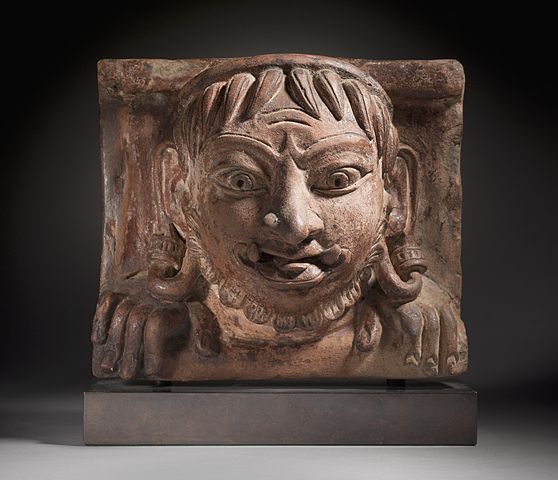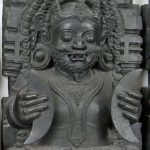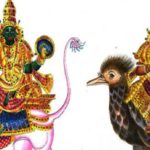Rahu and Ketu are technically mathematical points or shadow planets. But the power that they hold over people’s minds and their effect on a chart is immense. Rahu and Ketu are capable of significantly altering the best of placements. They can amplify or cut off. They are said to show the past and future of the person.
Rahu And Ketu: Background
The mythology of Rahu and Ketu starts with the churning of the ocean or Samudra Manthan by the Devas (Gods) and Asuras (Demons). The pot of nectar or Amrit that would give immortality when consumed came out of the ocean. The Devas and the Auras both wanted to have the Amrit first. To resolve the dispute, Lord Vishnu appeared as the divine damsel Mohini. She was so dazzling that the dispute was calmed and everyone agreed that Mohini would distribute the Amrit.
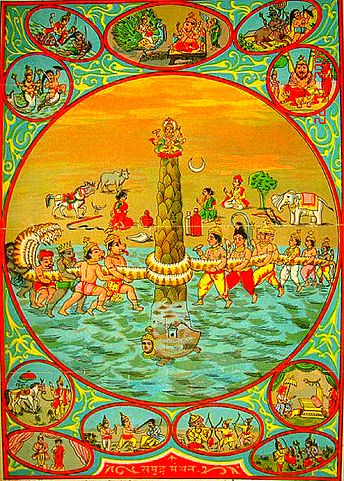
The Devas were given the Amrit first. An Asura called Swarabhanu disguised as a Deva also drank the nectar. The Sun and Moon recognised him as an Asura and alerted Mohini. Before the nectar passed the Asura’s throat, Vishnu cut off the head of the Asura with his Sudarshan Chakra. But since Swarabhanu had taken in the nectar he did not die. The two halves of his body became Rahu and Ketu.
Ever since that incident Rahu and Ketu, also called the Nodes of the Moon are the most bitter enemies of the Sun and the Moon. When Rahu or Ketu get close to the Sun or the Moon, they cause eclipses. Mythologically this is caused by Rahu or Ketu swallowing the Moon. This concept of Rahu and Ketu is what enabled the ancient Indians to accurately predict the dates and times of eclipses.
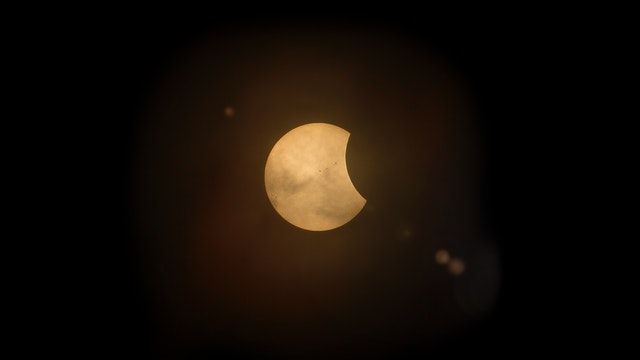
Significance Of The Myth
The mythology of Rahu and Ketu is very important to understand how these two nodes behave in a chart. Rahu is the head portion of the Asura and Ketu is the tail part. So, Rhu has a head but no stomach. Ketu has the body and not the head.
Rahu being all head and no stomach is always hungry. He cannot be satisfied as there is no stomach to fill. He symbolises all the negative aspects of too much desire and dissatisfaction. Rahu is a great amplifier. Ketu, on the other hand, has no head. So Ketu has all the negative aspects of the nodes but is detached. Ketu symbolises detachment and disinterest.
So this is how we can use the legend to better understand Rahu and Ketu and their effects. Rahu and Ketu are generally symbolised in the form of serpents. This is why any Doshas that involve them are called Sarpa Dosha. This is to further enhance our understanding of their being highly poisonous. Do read more about the Kal Sarpa Dosha.
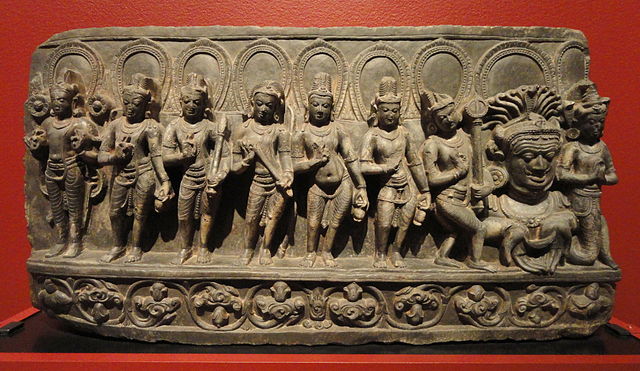
The Rahu-Ketu Axis
Rahu is our great wants and desires and Ketu is detachment. Rahu shows us what the greatest desire is in this birth. Ketu shows what we have already experienced and are now disinterested in. Rahu is desire and Ketu is detachment. Rahu and Ketu are literally the serpent of time in two halves. They are equal and opposite. They always move in retrograde motion. Rahu and Ketu strongly represent the karmic pattern that we are born to follow in this birth. Rahu and Ketu are not all bad. They are the catalysts for events. Their placement has to be studied with the entire chart in mind to get a clearer picture if their effect will be benefic or malefic. They are also amplifiers of the effects and can make them extremely good or difficult.
Rahu’s Effects
Rahu is the head part of the Asura who tasted the Amrit through trickery. So, Rahu is considered to be very greedy, cunning and tricks others. Rahu is also smoke and illusion. Rahu, when placed well in a chart, can give fame and material gain and when badly placed gives very evil effects. The Rahu Nakshatras are Ardra, Swati and Shatabisha. In the Vimshottari Dasha system, the Rahi Dasha is 18 years long. Rahu does better in the airy signs.
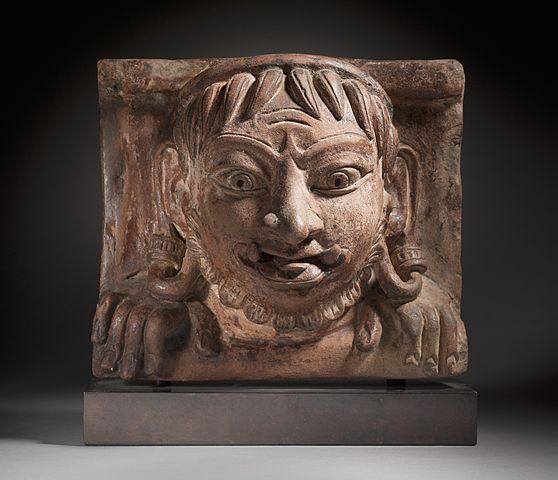
Ketu’s Effects
Ketu is headless and signifies detachment and spirituality. Ketu in a negative way can cause much suffering and loss. But this can result in enhancing the person’s attraction to the spiritual path. Ultimately it is the positive aspect of Ketu that can result in complete detachment and Moksha. Ketu Nakshatras are Ashwini, Magha and Moola.
Rahu-Ketu in the 1-7 Axis
Rahu and Ketu in the 1-7 axis are much feared. This is viewed as a Dosha or blemish in the chart. Since this axis highlights the marriage house it is particularly feared with regard to the marriage prospects and marital life of the person.
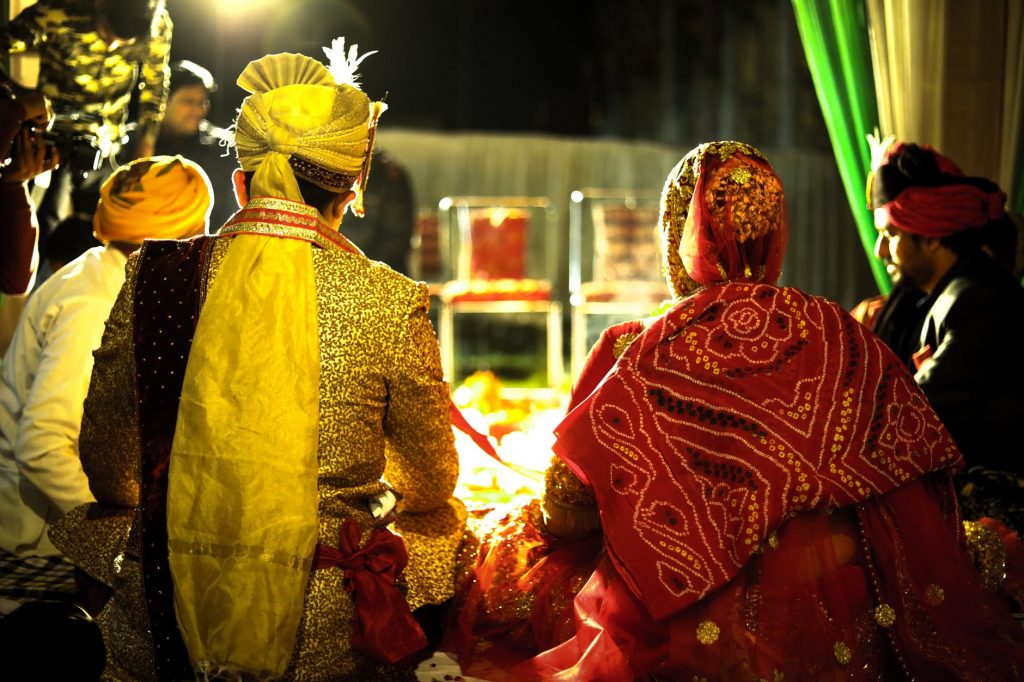
Rahu and Ketu are very sensitive to the attributes of the planets that they are sitting with. They should be studied based on their house placement and the lord of that house. They can also give excellent results when they are placed with a planet that owns a Kendra and a Trikona and is placed in Kendra or Trikona. Rahu is considered to have the 5th, 7th and 9th aspects. Some astrologers do not use aspects for both the nodes while others use aspects only for Rahu. Jupiter’s aspect on the nodes is said to control their negativity to a certain extent.
What Is The First House
The first house is the house of the person’s self. It is their body, mind, vitality, appearance, temperament to a certain extent. It is always desirable that the 1st house and its lord (Lagna lord) be well placed and strong. This is the house that defines and sets the tone for the rest of the chart. Being the house of the person himself/herself, when the house is weak or under malefic influences it directly influences the person. The first house is a house that is a part of the Kendras (angles) and the Trikonas (trines). So it is a very significant house.
What Is The Seventh House
The 7th house is the opposite house to the 1st. It is the house of the other. It is the house that tells us more about how the person deals with others. In particular, it is the house of legal partnerships. It signifies any partnership that is legally binding. This includes marriage or a business partnership. It is also the house that tells us more about the conjugal relationship between a person and their spouse.
Rahu in the 1st House
Rahu in the 1st house makes the person more focussed on self than the partner. This may not always be a good thing. Rahu makes the person ambitious and much attracted to amassing material things in life. If Rahu is in a good sign and in good dignity it can give great wealth and material gain. If the Ketu in the 7th is afflicted, it will create suffering in marital life. Rahu in the 1st is preferable to Ketu in the 1st from a materialistic point of view. Rahu placed in this house aspects the 5th, 7th and 9th houses. So Rahu in the first also influences the house of romance, opposite gender and the house of fortune. This could increase the likelihood of more affairs if supported by other factors.
Ketu in the 1st House
Ketu in the 1st house is a position that can give good or bad results based on the nature of the Rashi that it is in and the state of the Lagna lord. When it is in a positive situation it can make the person rather mysterious and tend to be in their own world. The person could be very spiritual. Ketu in the 1st indicates that the person is not very ambitious and can be rather adaptable and easygoing. The person could act without putting too much thought into the matter at times.
Ketu in the 1st house makes a person very easy to influence. So it is important to keep good company. There is a love of adventure and travel. In a negative sense, the person could be irresponsible and shirk their practical duties in life. It can make the person very intuitive and in certain positions even psychic. In tandem with Rahu in the 7th if the Nodes are not in good dignity it can cause marital troubles.
Rahu in the 7th House
Rahu in the 7th house brings the significations of Rahu to the partnership and marriage of the person. The person has overly high expectations of the spouse. This may result in a critical attitude. Rahu also increases sexual urges if associated with Mars or Venus. This could increase the likelihood of affairs or excessive sexual needs if other aspects in the chart are also weak. There could be more than one marriage if the other factors indicate it. Rahu is unconventionality or foreign things. The spouse could be from a different background or from a place far away/foreign.
Ketu in the 7th House
Ketu in the 7th house can mean the spouse is very spiritual. But bringing detachment into marriage can create problems. There could be a lack of interest in sexual matters. Ketu could indicate the spouse hiding something or being secretive. There are chances of divorce or disinterest in marrying at all. When there is an unfavourable aspect to the Ketu in 7th it could result in multiple marriages.




